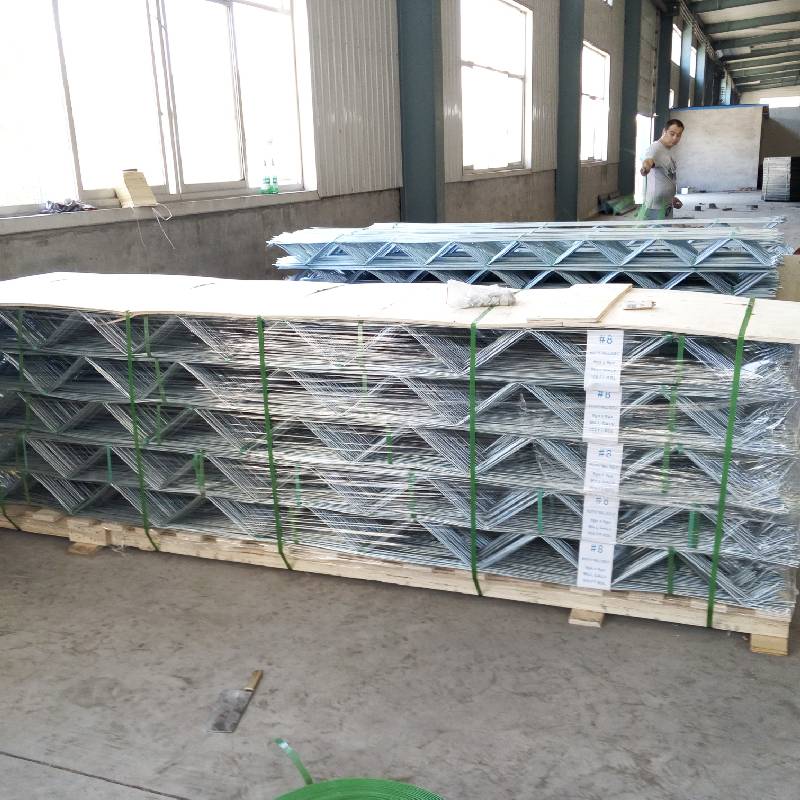
- Mobile Phone
- +8613931874955
- sales@cntcmetal.com
what are extension springs
Understanding Extension Springs An In-Depth Guide
Extension springs are an essential component in many mechanical devices and systems, playing a critical role in creating tension and absorbing shock. Their unique design and functionality make them prevalent in various applications, from simple toys to sophisticated machinery. This article will explore what extension springs are, how they work, their various uses, and key considerations when selecting and maintaining them.
What Are Extension Springs?
Extension springs are a type of mechanical spring that is designed to absorb and store energy when they are stretched. Unlike compression springs, which are designed to compress under load, extension springs are created to resist stretching and extend under tension. This makes them remarkable for applications that require the spring to exert a force when being pulled apart.
Typically, extension springs are made from high-carbon steel or stainless steel to ensure durability and strength. They come in various sizes, lengths, and coil diameters, allowing them to meet multiple operational demands depending on the specific use case.
How Do Extension Springs Work?
The functionality of extension springs is rooted in Hooke's Law, which states that the force exerted by a spring is directly proportional to its extension or compression, as long as it remains within its elastic limit. When a force is applied to extend the spring, the coils will uncoil, storing energy in the process. Once the force is removed, the spring will return to its original shape, releasing the stored energy.
The behavior of extension springs can be mathematically described by the formula
\[ F = k \times x \]
Where - \( F \) is the force exerted by the spring (measured in pounds or Newtons), - \( k \) is the spring constant (a measure of the spring's stiffness), - \( x \) is the extension or displacement from its rest position.
This relationship is fundamental in designing systems that rely on extension springs, assuring that the desired tension force is achieved.
Applications of Extension Springs
Extension springs find applications across numerous industries and devices. Here are some common uses
what are extension springs

1. Automated Closing Mechanisms Many devices, such as garage doors and screen doors, utilize extension springs to provide the necessary force for automatic closing. The springs help facilitate a smooth and controlled motion.
2. Toys Springs are often found in toys, particularly in those that require mechanical movement. For example, wind-up toys use extension springs to store energy for motion.
3. Industrial Machinery In various machines, extension springs can be used to balance loads, provide tension in belts and cables, and support throttle controls in vehicles.
4. Furniture Many types of seating, like recliners, incorporate extension springs to support movable components and enhance comfort.
5. Medical Devices In the medical field, extension springs are utilized in equipment that requires a return motion, such as in certain types of surgical tools or adjustable beds.
Considerations for Choosing Extension Springs
When selecting an extension spring for a specific application, several factors must be considered
- Load Requirements Understanding the maximum load the spring must handle is critical for choosing the correct spring size and material.
- Space Constraints The available space for the spring will influence its dimensions, including coil diameter and overall length.
- Environment Consider any environmental factors the spring will be exposed to, such as temperature, humidity, and exposure to chemicals. Materials like stainless steel may be more suitable in corrosive environments.
- Safety Factors It’s essential to factor in a safety margin to prevent the spring from exceeding its elastic limit under stress.
Conclusion
Extension springs are integral to numerous applications due to their ability to absorb energy and maintain tension when stretched. Understanding their operation and applications allows for better design and implementation in various mechanical systems. By considering the important factors when selecting extension springs, engineers and designers can enhance the efficiency and longevity of their products, ensuring optimal performance in critical applications.
share:
-
Wall Ties for Concrete: Invisible Guardians of Building Structural StabilityNewsAug.08,2025
-
Timber Frame Wall Ties: Stable Bonds for Load TransmissionNewsAug.08,2025
-
Stainless Steel Woven Wire Mesh: A versatile material from boundary protection to functional supportNewsAug.08,2025
-
Powder Coat Coil Springs: Creating peace of mind and reliability with sturdy protectionNewsAug.08,2025
-
Floor Standing Sign Holder: A Powerful Assistant for Flexible DisplayNewsAug.08,2025
-
Binding Iron Wire: An Invisible Bond for Building StabilityNewsAug.08,2025
-
Yard Sign Stakes: Reliable Guardians of Outdoor SignsNewsAug.04,2025



















